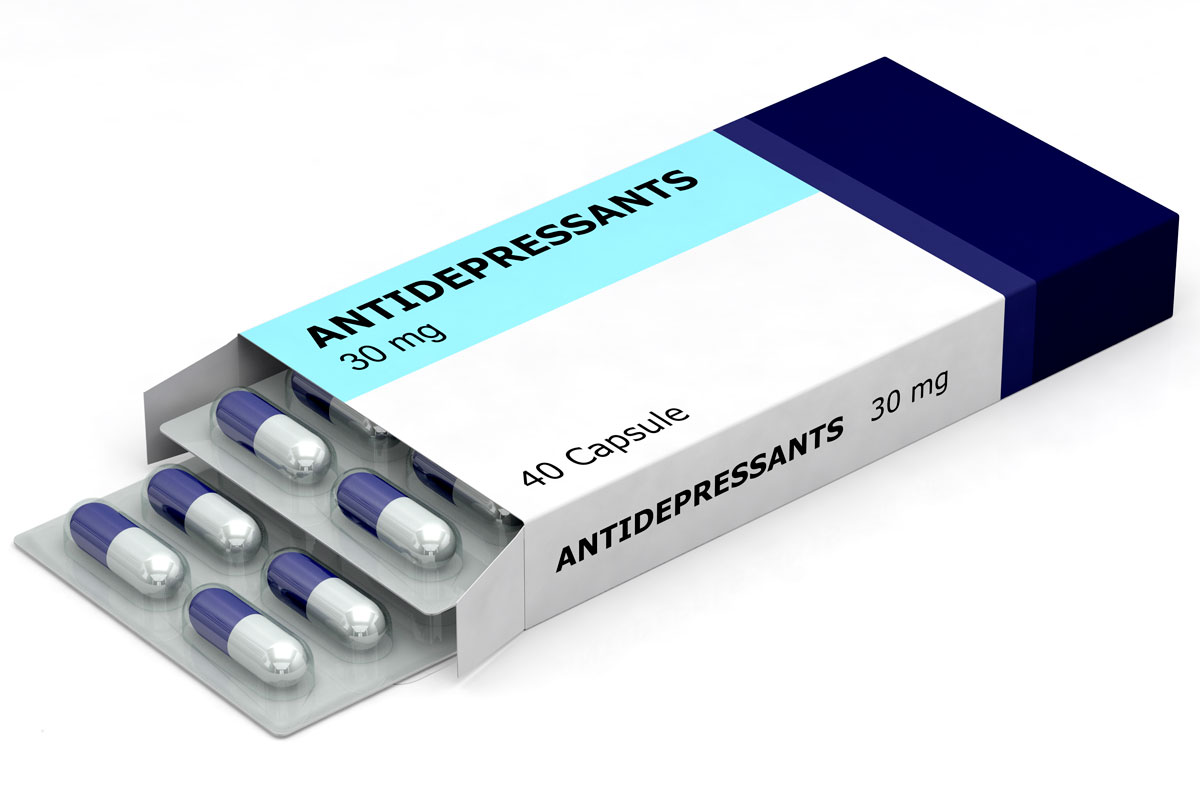 In everyday International Statistical Classification of Diseases and Related Health Problems 10th Revision (ICD-10) Version 2010 coding, answers to your coding questions can be found by reviewing or referring to the ICD-10 coding books. However, in this post I like to highlight some key documentation elements for the eye and adnexa.
In everyday International Statistical Classification of Diseases and Related Health Problems 10th Revision (ICD-10) Version 2010 coding, answers to your coding questions can be found by reviewing or referring to the ICD-10 coding books. However, in this post I like to highlight some key documentation elements for the eye and adnexa.
On of the first things to take note when coding diseases of the eye and adnexa is when a Health Information Management (HIM) / Medical Records (MR) practitioner coder will find codes with the letter H shared among two chapters of the ICD-10.
I am sure a HIM / MR practitioner must already know that the ICD-10 classification is divided into 21 chapters, the first character of any ICD-10 code is a letter, one letter is generally associated with a particular chapter, except for some letters like the letter H will be found among codes in both Chapter VII, Diseases of the eye and adnexa and Chapter VIII, Diseases of the ear and mastoid process.
I shall not be detailed in this post but I intend to lead a discussion of the various diseases, disease processes, disorders, injuries, and conditions, some diagnostic statements related to diseases of the eye and adnexa. I shall confine to infectious diseases of the eye, neoplasms of the eye, eyelid disorders, the lacrimal system, the conjunctiva, and end with the sclera, cornea, iris, and ciliary body.
One of the common diseases of the eye and adnexa are due to infections of the eye. I can quickly relate to viral conjunctivitis, eye infections that often involves the conjunctiva that are reported with codes from Chapter 1 Certain Infectious and Parasitic Diseases. My experiences have shown that only a few eye infections are reported with codes from Chapter 1 while I think the vast majority of eye infections are reported with codes from Chapter 7 – Diseases of the Eye and Adenxa. Do take note of some types of conjunctivitis that are reported with a single code from Chapter 1.
All parts of the eye may be affected by neoplasms. which may be primary, secondary (metastatic) or benign. Coders then will need to rush into Chapter II – Neoplasms and look up for example, the malignant neoplasms of eye and adnexa under ICD-10 code C69.
Symptoms that include eyelid tenderness or pain, increased tearing, and sensitivity to light are reported as chalazion, when the Meibomian gland (tiny oil gland in the eye) duct is blocked. Blepharitis is an inflammation of the eyelash follicles, along the edge of the eyelid. Entropions, when there is a turning inward of the eyelid so that the eyelashes rub against the surface of the eye can irritate the eye and in severe cases may cause corneal abrasion, ulcer, or scarring. Entropions may be acquired or congenital. Acquired entropions and ectropions are two conditions that occurs primarily in the elderly (senile populations). Coding chalazion, blepharitis, but less of entropions and etropions (you probably get to code these two if you work at a hospital or eye centre with an eye speciality) are some common diagnoses I have encountered.
Look out for subtle differences in coding for example when coding chronic enlargement of the lacrimal gland as against chronic dacryadenitis. When dacryadenitis is reported alone, then assign code to H04.0 Chronic enlargement of the lacrimal gland, but assign code H04.4 when chronic dacryadenitis is reported.
Several conditions affect the sclera, cornea, iris and ciliary body which are structures in the anterior chamber of the eye. I can think of the cornea which is subject to inflammatory conditions such as corneal ulcer and keratitis, and conditions commonly affecting the iris and ciliary body which include inflammatory conditions such as iritis, iridocylitis, or cyclitis, and even cysts which may form in the iris or ciliary body. Disorders of sclera, cornea, iris and ciliary body are found in the block H15 to H22.
In the next instalment, I shall discuss about cataracts which is the single very common condition affecting the lens, conditions affecting the choroid and retina, moving on to glaucoma which is actually a group of diseases of the eyes characterised by damage of the optic nerve, and end with some conditions affecting the vitreous body and globe.
References:
- Gerard, JT & Bryan, D 2012, Principles of Anatomy & Physiology, 13th edn, John Wiley & Sons, Inc, New Jersey, USA
- Michael, M & Valerie, OL 2012, Human anatomy, 3rd edn, The McGraw-Hill Companies, Inc., New York, USA
- Phillip, T 2012, Seeley’s principles of anatomy & physiology, 2nd edn, The McGraw-Hill Companies, Inc., New York, USA
- World Health Organization 2011, Volume 1 Tabular list, International Statistical Classification of Diseases and Related Health Problems 10th Revision, 2010 edn, Geneva, Switzerland

























![human-eye-anatomy-[Converted]](https://i0.wp.com/mrpalsmy.com/2013/09/human-eye-anatomy-converted.jpg?resize=584%2C469)






